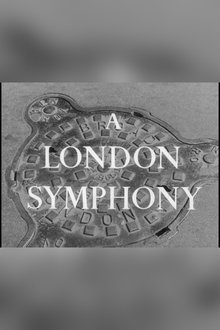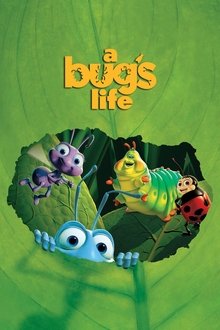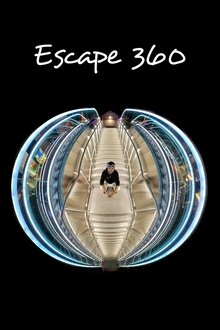Icarus is the main character of Varekai, who falls to the ground, breaking his legs as he does. He is suddenly in a strange, new world full of creatures he has never seen before. Parachuted into the shadows of a magical forest, a kaleidoscopic world populated by fantastical creatures, this young man sets off on an adventure both absurd and extraordinary.
Related Movies
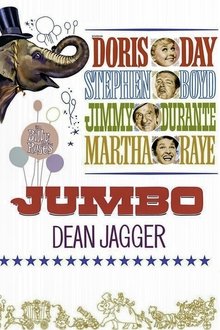
Billy Rose's Jumbo (1962)
The daughter of a circus owner fights to save her father from a takeover spearheaded by the man she loves.

Lili (1953)
Members of a circus troupe "adopt" Lili Daurier when she finds herself stranded in a strange town. The magician who first comes to her rescue already has romantic entanglements and thinks of her as a little girl. Who can she turn to but the puppets, singing to them her troubles, forgetting that there are puppeteers? A crowd gathers around Lili as she sings. The circus has a new act. She now has a job. Will she get her heart's desire?
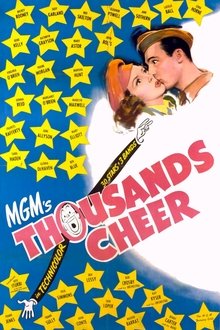
Thousands Cheer (1943)
Acrobat Eddie Marsh is in the army now. His first act is to become friendly with Kathryn Jones, the colonel's pretty daughter. Their romance hits a few snags, including disapproval from her father. Eddie's also plagued by fear of having an accident during his family's trapeze act in the army variety show, which also features a gallery of MGM stars.
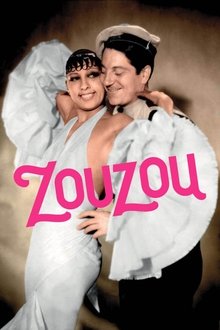
Zouzou (1934)
Zou Zou tries to help her childhood friend prove his innocence after he's accused of murder.

Der schwarze Hecht (1981)
It's director Oberholzer's sixtieth birthday. His wife and daughter Anna receive the guests who are invited to the feast, with a dish of pike as the main course. But suddenly, the celebration turns sour at the appearance of an unexpected guest - namely Oberholzer's brother Alois, the black sheep of the family, who disappeared years ago. As it turns out, Alois has since changed his name to "Obolski" and become ringmaster of a major circus. Him and his wife Iduna quickly threaten the morals and standards of the bourgeois party, and they proceed to turn the boring proceedings into a turbulent circus show. Fortunately, after much confusion, the story ends happily - altough the pike has burned black in the oven!
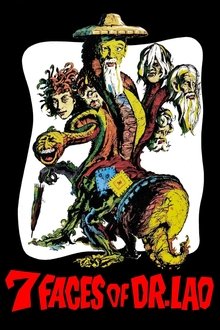
7 Faces of Dr. Lao (1964)
An old Chinese man rides into the town of Abalone, Arizona and changes it forever, as the citizens see themselves reflected in the mirror of Lao's mysterious circus of mythical beasts.
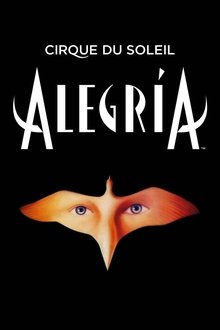
Cirque du Soleil: Alegria (2001)
Alegría is a mood, a state of mind. The themes of the show, whose name means "jubilation" in Spanish, are many. Power and the handing down of power over time, the evolution from ancient monarchies to modern democracies, old age, youth - it is against this backdrop that the characters of Alegría play out their lives. Kings' fools, minstrels, beggars, old aristocrats and children make up its universe, along with the clowns, who alone are able to resist the passing of time and the social transformations that accompany it.

Cirque du Soleil: Saltimbanco (1997)
From the Italian 'saltare in banco' – which literally means 'to jump on a bench' – Saltimbanco explores the urban experience in all its myriad forms. Between whirlwind and lull, prowess and poetry, it takes spectators on an allegorical and acrobatic journey into the heart and soul of the modern city.
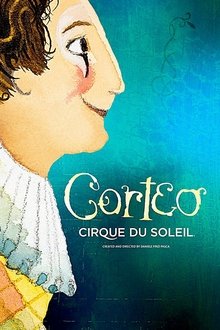
Cirque du Soleil: Corteo (2006)
Corteo, which means "cortege" in Italian, is a joyous procession, a festive parade imagined by a clown. The show brings together the passion of the actor with the grace and power of the acrobat to plunge the audience into a theatrical world of fun, comedy and spontaneity situated in a mysterious space between heaven and earth.
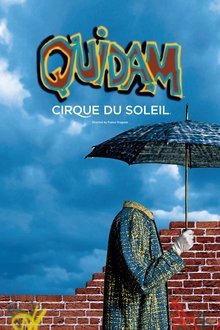
Cirque du Soleil: Quidam (1999)
A young girl has already seen everything there is to see and her world has lost all meaning. Her anger shatters her world and she finds herself in the universe of QUIDAM, where she is joined by a playful companion, as well as another mysterious character who attempts to seduce her with the marvelous, the unsettling and the terrifying.
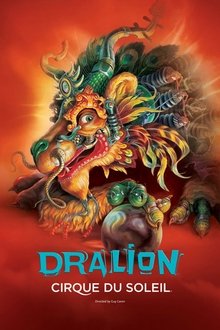
Cirque du Soleil: Dralion (2001)
The Chinese consider the lion a symbol of good luck, so it's a half-dragon, half-lion – a dralion – that is the symbol of the East-meets-West fusion of this performance in which 36 Chinese acrobats join the renowned Canadian troupe. Celebrating the four elements as represented in four colours – blue (air), green (water), red (fire) and ochre (earth) – Dralion combines ancient Chinese circus traditions with Cirque du Soleil's usual stunning elements: the techno-oriented single ring; the multicoloured lights and costumes; the music that mixes rock, New Age and various world influences (though not Chinese); and the madcap clowns that pull a victim out of the audience.

Cirque du Soleil: The Mystery of Mystère (2013)
Cirque du Soleil presents The Mystery of Mystère, a captivating documentary that explores how arts and science merge together using Mystère, the critically acclaimed Las Vegas show at Treasure Island, as the outlet for this message.
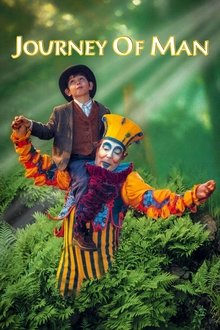
Cirque du Soleil: Journey of Man (2000)
A child is born. We see underwater swimmers representing this. He is young, in a jungle setting, with two fanciful "instincts" guiding him as swooping bird-like acrobats initially menace, then delight. As an adolescent, he enters a desert, where a man spins a large cube of metal tubing. He leaves his instinct-guides behind, and enters a garden where two statues dance in a pond. As he watches their sensual acrobatics of love, he becomes a man. He is offered wealth (represented by a golden hat) by a devil figure. In a richly decorated room, a scruffy troupe of a dozen acrobats and a little girl reawaken the old man's youthful nature and love.
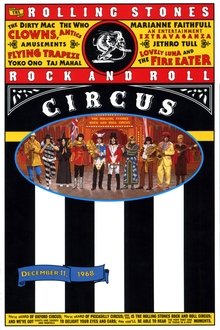
The Rolling Stones Rock and Roll Circus (1996)
A 1968 event put together by The Rolling Stones. The film is comprised of two concerts on a circus stage and included such acts as The Who, Taj Mahal, Marianne Faithfull, and Jethro Tull. John Lennon and his fiancee Yoko Ono performed as part of a supergroup called The Dirty Mac, along with Eric Clapton, Mitch Mitchell, and Keith Richards.
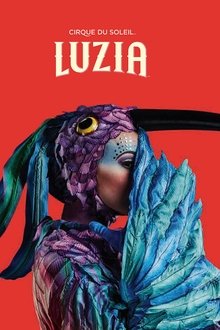
Cirque du Soleil: Luzia (2016)
LUZIA takes you to an imaginary Mexico, like in a waking dream, where light (“luz” in Spanish) quenches the spirit and rain (“lluvia”) soothes the soul. With a surrealistic series of grand visual surprises and breathtaking acrobatic performances, LUZIA cleverly brings to the stage multiple places, faces and sounds of Mexico taken from both tradition and modernity.
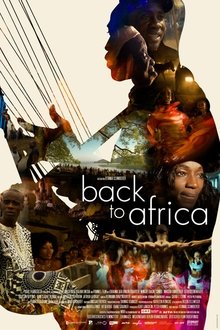
Back To Africa (2008)
An Austrian director followed five successful African music and dance artists with his camera and followed their lives for a year. The artists, from villages in Ghana, Gambia and Congo, were the subjects of Africa! Africa! touring across Europe, but they have unbreakable roots to their homeland and their families. Schmiderer lovingly portrays his heroes, who tell their stories about themselves, their art and what it means to them to be African with captivating honesty. The interviews are interwoven with dance scenes and colourful vignettes set to authentic music.
